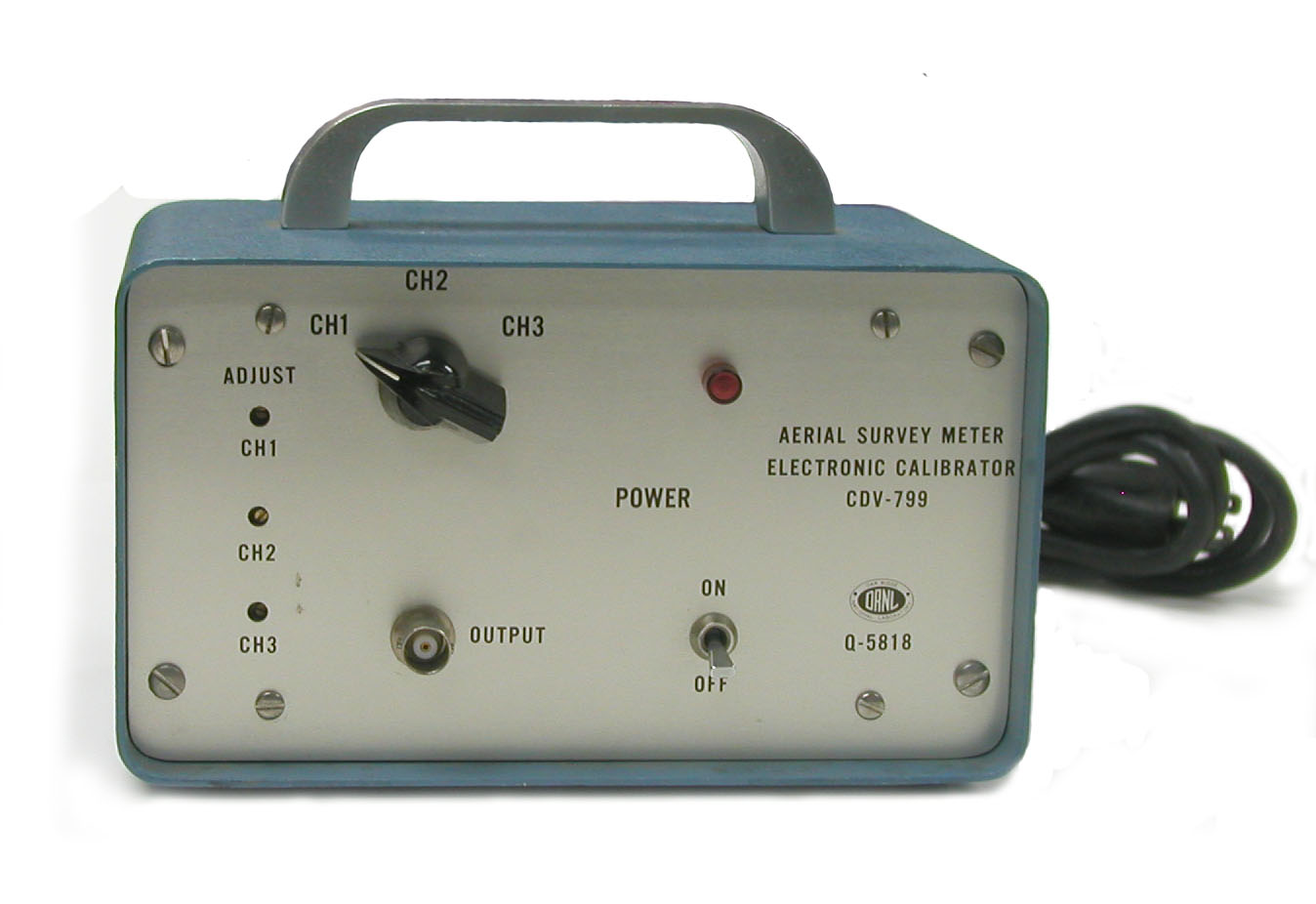CDV Instruments
General Information about CDV Instruments
Paul Frame, Oak Ridge Associated Universities
Comments and/or corrections are welcomed.
Administration of Civil Defense Activities
- Federal Civil Defense Administration (FCDA): 1951-1958
- Office of Civil and Defense Mobilization (OCDM): 1958-1961
- Office of Civil Defense (OCD) in the Department of Defense (DOD): 1961-1964
- Office of Civil Defense (OCD) in the Department of the Army: 1964-1972
- Defense Civil Preparedness Agency (DCPA) in the Department of Defense (DOD): 1972-1979
- Federal Emergency Management Agency (FEMA): 1979-
General
During the 1950s, following the development of nuclear weapons by the Soviet Union, the U.S. federal government urged the states to obtain radiological instrumentation for use in the event of a possible nuclear attack.
However, at the beginning of the decade there were no survey instruments specifically designed for civil defense purposes. What was available was a mix of commercial instruments and instruments developed for use at facilities operated by the Atomic Energy Commission (AEC). For example, the AEC Emergency Monitoring Kit used at Hanford contained, in addition to miscellaneous supplies (e.g., gloves, coveralls), a Nuclear Instrument and Chemical Corp. Model 2610 GM detector, a Juno ionization chamber, two Cambridge dosimeters, a Cambridge charging unit, and a film badge. There were also a few RADIAC instruments that had been developed for the military, and foremost among these was the AN/PDR T1 ion chamber. The following quote comes from a January 1951 UP press story: "The Civil Defense Administration so far has given approval to only one radiation detector—the "T one" developed for the army signal corps. The agency isn't completely satisfied with that. The agency repeatedly urged the public to leave the detection of radiation to trained civil defense units, who in turn will warn the public when danger exists." A decade later that view changed, and the Office of Civil Defense would encourage the development and sale of radiological instrumentation to the general public.
In the mid-fifties, the Federal Civil Defense Administration (FCDA) wrote up the specifications and issued contracts for the production of the first CD V instrumentation. For the most part, this was done by Jack Greene who had joined the FCDA in 1951. Before then, he had been with the AEC's Radiation Instrument Branch. States could purchase this equipment and the Federal Government would provide matching funds. While some states, e.g., California and New York, purchased their own instrumentation, the majority did not. Eventually, Congress and the Federal Civil Defense Administration (FCDA) recognized that it was necessary for the Federal government to take full responsibility, and in December of 1960 the Office of Civil and Defense Mobilization (OCDM) informed the states that the Federal government would provide such instrumentation.
By the early 1960s, the OCDM and then the Office of Civil Defense (OCD) began locating and stocking fallout shelters in existing buildings. They also began distributing large numbers of “Shelter Radiation Kits” that contained survey meters and dosimeters to public shelters and monitoring stations. To a significant extent, the major instrument procurements of the early 1960s were sparked by the Berlin Crisis.
At various times, miscellaneous instruments were also developed to meet specialized needs e.g., the CD V-138 dosimeter for training, the CD V-700M survey meter for the evaluation of alpha contamination, the CD V-711 remote monitor for external readings around emergency operations centers, and the CD V-717 for remote readings around monitoring stations.
Instrument Procurement and Inventory
The following table, taken from the Federal Emergency Management Agency (FEMA) publication Radiological Instruments: An Essential Resource for National Preparedness, indicates the federal funding for civil defense instrumentation and the number of items (including parts) that were procured. Note that these purchases only extended from 1955 to 1964 and that the bulk of the expenditures occurred in 1962 and 1963.
| Fiscal Years | Funds Obligated (dollars) | Item Procured (includes spare parts) |
|---|---|---|
| 1955 | 1,555,000 | 146,768 |
| 1956 | 4,441,000 | 387,166 |
| 1957 | 3,944,000 | 347,280 |
| 1958 | None | None |
| 1959 | 1,822,000 | 114,395 |
| 1960 | 2,855,000 | 167,800 |
| 1961 | 4,191,000 | 256,177 |
| 1962 | 23,295,000 | 2,712,964 |
| 1963 | 8,750,000 | 1,191,450 |
| 1964 | 1,901,000 | 400,000 |
| 1965-66 | None | None |
Assigning dates is somewhat complicated because the fiscal year is quite different from the calendar year. For example, FY 1960 actually runs from the beginning of July 1959 through the end of June 1960. Unfortunately, most of the data concerning instrument procurement, etc., is provided on the basis of the fiscal year. Another problem associated with the procurement data is the fact that the years in which the equipment is ordered, delivered and distributed can be quite different.
The following table indicates the details of the instrument procurement for Fiscal Year 1956. It comes from a presentation given by Jack Greene (Jack started the FCDA's Radiological Defense program, and from 1962 until 1974, he headed the Post-Attack Research Division).
| Item | Quantity | Unit Cost FCDA |
|---|---|---|
| CD V-138 | 36,000 | $5.50 |
| CD V-457 | 200 | $116.00 |
| CD V-700 | 17,468 | $28.48 |
| CD V-710 | 77,000 | $22.49 |
| CD V-720 | 9,940 | $36.95 |
| CD V-730 | 115,000 | $5.51 |
| CD V-740 | 115,000 | $5.51 |
| CD V-750 | 13,447 | $7.30 |
| CD V-785 | 10 | $3,385.00 |
| CD V-786 | 1,000 | $19.78 |
| CD V-791 | 1,000 | $6.72 |
| CD V-792 | 1,000 | $83.41 |
| CD V-793 | 10 | $3,000.00 |
The following table, taken from Radiological Instruments: An Essential Resource for National Preparedness (CPG 3-1, 1986) indicates how many of the various CDV instruments were purchased, how many were disposed of (or excessed), how many were lost or broken, and how many existed in the Federal and state inventories as of 1985.
| Model | Procured | Excessed or disposed | Attrition | Federal/state inventory in 1985 |
|---|---|---|---|---|
| CD V-138 | 221,866 | 168 | 119,259 | 102,439 |
| CD V-457 | 3,576 | 1,058 | 0 | 2,518 |
| CD V-700 | 452,558 | 57,343 | 41,430 | 353,785 |
| CD V-705 | 10,000 | 0 | 1,933 | 8,067 |
| CD V-710 | 170,750 | 170,750 | 0 | 0 |
| CD V-715 | 567,475 | 25,759 | 57,782 | 483,934 |
| CD V-717 | 100,100 | 0 | 9,226 | 90,874 |
| CD V-720 | 113,231 | 44,440 | 7,606 | 61,185 |
| CD V-730 | 168,500 | 221 | 54,329 | 113,950 |
| CD V-736 | 500 | 0 | 43 | 457 |
| CD V-740 | 162,950 | 101 | 49,393 | 113,456 |
| CD V-742 | 3,117,201 | 3,288 | 552,358 | 2,561,555 |
| CD V-746 | 500 | 2 | 48 | 450 |
| CD V-750 | 515,021 | 38,977 | 63,819 | 412,236 |
| CD V-756 | 500 | 0 | 44 | 456 |
| CD V-757 | 81 | 1 | 0 | 80 |
| CD V-760 | 80,000 | 80,000 | 0 | 0 |
| CD V-770 | 153 | 153 | 0 | 0 |
| CD V-781 | 1,250 | 0 | 0 | 1,250 |
| CD V-782 | 1,440 | 0 | 0 | 1,440 |
| CD V-784 | 3,489 | 1,779 | 0 | 1,710 |
| CD V-786 | 1,000 | 987 | 0 | 13 |
| CD V-787 | 60,000 | 60,000 | 0 | 0 |
| CD V-788 | 7,560 | 33 | 0 | 7,527 |
| CD V-790 | 61 | 0 | 0 | 61 |
| CD V-791 | 4,490 | 1,208 | 0 | 3,282 |
| CD V-792 | 4,489 | 1,208 | 0 | 3,281 |
| CD V-793 | 20 | 20 | 0 | 0 |
| CD V-794 | 74 | 7 | 0 | 67 |
| CD V-795 | 10 | 10 | 0 | 0 |
Estimated Dates of First Production
The following table contains my current best guesses as to the dates of first production for selected civil defense instruments. An "x" is used for dosimeters because they lack model numbers. If you have references that can be used to refine these estimates, please let me know.
| 1954 | 1955 | 1956 | 1957 | 1958 | 1959 | 1960 | 1961 | 1962 | 1963 | 1964 | |
|---|---|---|---|---|---|---|---|---|---|---|---|
| CD V-138 | x | ||||||||||
| CD V-457 | Jordan 4577 | Mod. 2 | Mod. 3 | Mod. 3A | |||||||
| CD V-700 | Mod. 1 | Mod. 1 | Mod. 2 | Mod. 3 | Mod. 4 | Mod. 5 | Mod. 6 | Mod. 6A | |||
| CD V-705 | Mod. 1 | Mod. 1 | Mod. 2 | ||||||||
| CD V-710 | Mod. 1 | Mod. 2 | Mod. 3 | Mod. 4 | Mod. 5 | ||||||
| CD V-711 | Mod. 1 | Mod. 2 | |||||||||
| CD V-715 | Mod. 1 | Mod. 1A | Mod. 1B | ||||||||
| CD V-717 | Mod. 1 | ||||||||||
| CD V-720 | Mod. 1 | Mod. 2 | Mod. 2 | Mod. 3 | Mod. 3 | Mod. 3A | |||||
| CD V-730 | x | ||||||||||
| CD V-740 | x | ||||||||||
| CD V-742 | x | ||||||||||
| CD V-750 | Mod. 1 | Mod. 2 | Mod. 3 | Mod. 3 | Mod. 5 | Mod. 5A | Mod. 5B | ||||
| CD V-781 | Mod. 1 |
The V in CD V
It is obvious that the CD in CD V stands for Civil Defense. The V though, has been a bit of a mystery. It turns out that it is the roman numeral five. More specifically, it refers to the chapter in the FCDA manual that contained the details regarding the matching funds that the federal government provided the states for the purchase of radiological equipment for civil defense (Marlow Stangler, personal communication). It is often the case that the CD and V are grouped together (e.g., CDV-700). Nevertheless, the original approach for identifying civil defense instruments was to have the CD separated from the rest of the designation (e.g., CD V-700). This website employs the original methodology.
Local Radiological Defense (RADEF) Program
Local authorities (e.g., at the county level) have the primary responsibility for responding to radiological emergencies. In general, each county would have a designated Emergency Operating Center (EOC). The chief advisor at the center with regard to radiological matters has been referred to as the Radiological Defense Officer (RDO) or simply the Radiological Officer (RO). This center would receive data from various monitoring stations within the county. The latter have also been described as "Fallout Monitoring stations", "Fixed Monitoring stations" and "Weapons Effects Reporting (WER) stations." These stations, of which there might be one to ten in a given locality, should have fallout protection, reliable communications, and instruments. In 1961, according to the OCDM Annual Report, "approximately 24,000 State and Local monitoring stations have been established... These stations are mostly located at high schools, hospitals, airports, conservation offices, and at fire, police, and highway patrol facilities." Some of the monitoring stations were manned around the clock while others operated eight hours a day. According to the DCPA's Annual Report for 1975, the monitoring stations in rural areas should be 7 to 10 miles apart, whereas the stations located in more densely populated areas should be 2 to 3 miles apart.
It is worth noting that the Federal Government also operated monitoring stations, just not as many as the states. They were primarily located at field installations of the Department of Agriculture, Department of the Interior, U.S. Weather Bureau, the FAA, etc. The purpose of these monitoring stations is described in the 1960 Annual Statistical report of the OCDM as follows: "At the national level of government, early fallout information will be required to prepare a "nationwide" analysis of the fallout situation. This will be needed during the first few fays of postattack in support of command decisions for the restoration of necessary utilities including transportation and communications, and the allocation of critical resources from areas of surplus to areas of short supply... These stations will report fallout information directly to OCDM, and will also furnish dose rate reports to local governments."
The county would also maintain public shelters, "facilities which have been surveyed and meet minimum requirements for protecting occupants from fallout radiation" (CPG 1-30). Shelters could be "upgraded" by the use of additional shielding. By 1973, there were 120,401 public shelters in the U.S. In some cases, a public shelter might also serve as an operational monitoring station that would provide data to the local governments.
Radiological Monitors (RM), individuals "trained to measure, record, and report radiation exposure and exposure rates, and provide limited field guidance on radiation hazards," would be assigned to the public shelters and the reporting stations. The RMs have received their training from Radiological Monitoring Instructors (RMIs).
Approximate Cumulative Number of Federal Monitoring Stations, State and Local Monitoring Stations and Approved Public Shelters
| Fiscal Year | Fed Monitoring Stations | State and Local Monitoring Stations | Total Monitoring Stations | Public Shelters |
|---|---|---|---|---|
| FY 1959 | - | - | - | - |
| FY 1960 | 1,500 | |||
| FY 1961 | 2,900 | 24,000 | 26,900 | |
| FY 1962 | 3,475 | 27,926 | 31,401 | |
| FY 1963 | 7,500 | 31,000 | 38,000 | 32,000 |
| FY 1964 | 9,500 | 38,700 | 48,200 | |
| FY 1965 | 10,206 | 44,968 | 55,174 | 67,625* |
| FY 1966 | 10,206 | 47,856 | 58,062 | 77,367 |
| FY 1967 | 12,529 | 50,613 | 63,143 | 84,131* |
| FY 1968 | 12,529 | 53,304 | 65,833 | 94,266* |
| FY 1969 | 67,622 | 103,562* | ||
| FY 1970 | 71,042 | 111,404* | ||
| FY 1971 | 72,079 | 115,110* | ||
| FY 1972 | 72,848 | 116,985* | ||
| FY 1973 | 73,759 | 120,401* | ||
| FY 1974 | 120,401* |
*In these cases, the estimated number of public shelters is based on the number of shelters that received CD V-777-1 sets.
CD V-777 Instrument Sets
Much of the radiological instrumentation that was provided to the states was issued in one of four different CD V-777 sets: the CD V-777, CD V-777A, CD V-77-1 and CD V-777-2 sets. Each set was intended for a unique RADEF function. However, the names on the cardboard boxes that the instruments came in were not particularly helpful in describing these functions. Perhaps that is why the literature usually refers to the numerical designation of the set rather than the name on the box. The fact that the functions and names of the sets changed didn't help.
The earliest description I have found to the CD V-777 set is the following from the OCDM Annual Report for 1961: "OCDM continued to furnish each civilian monitoring station at all levels of government, three survey meters, two dosimeters, a dosimeter charger, and two protective masks." The OCDM statistical report for that year (FY 1961) identifies this as the CD V-777 "kit" (the word "set" came into vogue many years later). The following quote is from the FY 1962 OCD Annual Report: "The Office of Civil Defense has furnished each of the civilian Federal monitoring stations an instrument kit containing 3 survey meters, 2 dosimeters, and a dosimeter charger (see fig. 13) and 2 protective masks." Figure 13 identifies these instruments as one CD V-700 GM detector, one CD V-710 ion chamber, one CD V-720 ion chamber, one CD V-730 pocket dosimeter, one CD V-740 pocket dosimeter, and one CD V-750 charger-reader. The OCD FY 1962 report contains the last reference that I have found to the inclusion of the two gas masks in the kit. At the end of FY 1962, OCD had granted 27,926 kits to the States and transferred 3,475 kits to Federal agencies." To distinguish it from the type of training kit that had been distributed to the high schools and the type of kit deployed in public shelters, the CD V-777 was described as an "operational kit"
The original composition of the CD V-777 set as described above didn't last very long. Quoting the OCD's 1962 annual report: "However, the instruments in future monitoring kits will be changed. As present supplies of CD V-710 and CD V-720 survey meters become exhausted, they will be replaced in future kits by a CD V-715 gamma survey meter with ranges of 0-0.5, 0-5, 0-50, and 0-500 roentgens per hour. Similarly, CD V-730 and CD V-740 dosimeters will be replaced in future kits by a CD V-742 dosimeter (range 0-200 roentgens)."
The CD V-777-1 instrument set seems to have been introduced immediately after the CD V-777, and a photo showing its contents appears in the OCD 1962 annual report. In this document the CD V-777-1 is referred to as a "community shelter radiation kit." The OCD 1963 annual report states: "Shelter radiation kit of materials (CD V-777-1) is similar to the set provided for operations [i.e., the CD V-777] except that it has only a single CD C-715 survey meter instead of two as in the operational set." It would seem that the CD V-777-1 kit never employed survey meters other than the CD V-715s, or dosimeters other than the CD V-742s.
As indicated in the following quote from the OCD Annual Report for FY 1965, the next set to come along, the CD V-777A, was first conceived of as a support set that supplemented the CD V-777: "Late in fiscal year 1965, additional radiological defense equipment, monitoring support set CD V-777A, was made available to selected monitoring stations. This support set includes a remote reading, high range survey meter that permits radiation measurements to be taken at a distance of 25 feet, lessening the exposure hazard to monitors operating in areas of high radiation intensity. The set also increased the availability of radiological instruments to stations responsible for extensive mobile or aerial support operations."
By 1976, to quote the Defense Civil Preparedness Agency's Radiological Defense Preparedness (CPG 2-6.1), the CD V-777 was the "standard set recommended for emergency service and vital facility self-protection monitoring," while the CD V-777-1 was the "alternate set for emergency service organization use." The CD V-777 was no longer considered to be the primary instrument set used to equip monitoring stations, and the CD V-777-1 was no longer viewed as the preferred set for fallout shelters.
By then, the original job of the CD V-777 had been taken over by the CD V-777A set which was described in CPG 2-6.1 as the "standard set recommended for surface monitoring and reporting stations." Similarly, the original role of the CD V-777-1 was assumed by the CD V-777-2 instrument set which was described as "the "standard set recommended for public shelters."
The 1981 FEMA publication Guide for the Design and Development of a Local Radiological Defense Support System (CPG 1-30) describes the CD V-777A as the "Weapons Effects Reporting [aka fallout monitoring or fixed monitoring] Station" set. At least one set was said to be required at each WER station. And the CD V-777-2 was described as the "shelter radiation set." This document stated "a minimum of one set is needed for each public shelter."
CPG 1-30 noted that each locality (e.g., county) should have a bulk repository for storing the RADEF CD V-777-2 shelter sets and that "a sufficient number of additional self-protection sets and WER sets should be stored in local bulk repositories to allow for expansion, as necessary, of each capability during an increased Readiness Period." Only if room and security permitted should the shelter sets be stored in the shelters themselves. The CD V-777 and 777-1 self-protection sets were supposed to be pre-positioned with the emergency response units while the CD V-777A sets should be pre-positioned at the WER stations.
Initially there were three federally operated depots from which the CD V instrumentation was be sent to the states, federal agencies, schools etc. Ultimately, the number of instruments being distributed decreased as an emphasis was placed on maintaining, repairing and calibrating the existing equipment. The number of distribution depots then decreased to two and finally one.
Radiological Instrument Maintenance and Calibration (RIM&C) Facilities
Originally, the calibration and maintenance of the instrumentation was handled by the OCDM itself. Quoting the Annual Report of the OCDM for 1961: "Except for the cost of transportation, maintenance and repair service was furnished free to the States at 12 dispersed OCDM maintenance shops." In 1962, the OCD began encouraging the states (financial assistance would be provided) to develop and operate their own maintenance facilities. This process seems to have gotten underway in 1963. Quoting the 1963 OCD Annual Report: "Maintenance work was done at 10 dispersed shops operated for the DOD by the General Services Administration and at 1 shop operated by a Veterans' Administration supply depot. Available to all Federal agencies and to all States that do not have their own shops for this purpose, this service will be continued through calendar year 1964." By the end of FY 1964, 16 States and Puerto Rico had set up their own Radiological Instrument Maintenance and Calibration (RIM&C) Facilities, and by the end of FY 1965, 34 states (and the District of Columbia) had them. The number of states with these shops increased to 48 by 1966, and by 1969 all 50 States plus the District of Columbia and Puerto Rico operated their own RIM&C facilities.
The instruments in the shelter sets were usually calibrated and serviced every four years, whereas the operational instruments were supposed to be calibrated and serviced every two years. In the mid 1990s, FEMA withdrew its financial support for these facilities with the result that many closed down. In some cases, groups of states decided to consolidate their maintenance and calibration activities at a single facility as a way to save money. Many states simply disposed of their instruments by sending them back to FEMA or by selling them to the private sector. A large number of these instruments were donated to the American Nuclear Society and the Health Physics Society so that they could be distributed to high schools via teacher workshops.
Requirements for an Operational Local Radiological Defense Support System from CPG 1-30 Guide for the Design and Development of a Local Radiological Defense Support System
The following text from CPG 1-30 provides a nice summary of what a local RADEF program should consist of.
"Development of an operational local Radiological defense (RADEF) Support System requires that:
- A Radiological Defense Planner (RDP) be selected and assigned.
- A Radiological Defense officer (RDO) and staff for the Emergency Operating Center (EOC) be selected, assigned and trained
- The RADEF system be designed and developed to include:
- a Shelter monitoring capability
- a Self-protection monitoring capability for emergency services, vital facilities and essential industries
- a Monitoring, Reporting and Assessment capability including a network of weapons effects reporting stations linked to the EOC
- support for the Decontamination capability
- Radiological instruments be obtained and distributed throughout the jurisdiction for use in emergencies
- Personnel be trained to use the radiological instruments for their own protection, as well as to provide weapons effects and radiological information to a central collection point
- A single location be designated for direction and control of RADEF operations [the EOC]
- Communication capabilities and reporting procedures be planned and established
- Procedures for analyzing, displaying and presenting information for use in decision-making be established within the EOC
- Arrangements be made for radiological instrument inspection, maintenance, calibration and replacement as necessary
- Periodic test and exercises be conducted
- Refresher training for RADEF Officers, monitors, instructors, and the EOC RADEF staff be provided periodically
- Personnel be replaced as required to keep the RADEF emergency response capabilities effective
- Plans and procedures be developed to provide for:
- operating the existing system
- developing future capability."
Radiological Defense Capabilities from CPG 1-30 Guide for the Design and Development of a Local Radiological Defense Support System
The following text from CPG 1-30 provides a nice summary of what the shelter, emergency and reporting station monitoring capabilities should consist of:
"Shelter Radiological Monitoring Capability—for monitoring and assessing the radiation environment for shelterees. It is necessary to:
- Find the best protected area in the shelter
- Evaluate shielding improvements made in the shelter
- Measure and control the radiation exposures of the shelterees
- Assist in determining when short trips may be made outside the shelter for essential items such as food, water and medical aid"
"Self-Protection Radiological Monitoring Capability—for monitoring and assessing the radiological environment in order to control the radiation exposure of personnel who must conduct emergency operations in a fallout radiation environment. This capability is required for personnel in emergency services organizations; at vital facilities, including hospitals, utilities, and essential industries; and for the large number of additional emergency workers who would be required for postattack recovery operations. It is necessary to:
- Evaluate the radiation risks of proposed operations
- Maintain individual exposure records of emergency workers
- Measure actual exposure rates at the location where emergency operations are being conducted to confirm or revise estimates
- Evaluate how long personnel can work without exceeding established exposure limits
- Measure the actual radiation exposures of personnel performing emergency operations"
"Monitoring, Reporting and Assessment Capability—for determining the extent and magnitude of the radiological hazard in a jurisdiction. This capability is necessary to provide decision-makers with information on:
- When and where weapons have been detonated
- When fallout arrives
- The extent and severity of fallout radiation
Using this and other information, the decision maker may then consider:
- If and when emergency operations can be initiated
- When people may emerge from shelters
- When restrictions in shelter living may be relaxed
- When decontamination or other countermeasures should be undertaken
It is necessary to establish a network of Weapons Effects Reporting (WER) stations to report:
- Sightings of nuclear detonations (by time and direction)
- Observed damage, such as glass breakage or structural damage, in the vicinity of the station
- Arrival and subsequent fallout radiation levels
These reports are made to the Emergency Operating Center, which is responsible for:
- Processing, displaying, and analyzing the weapons effects information
- Supplementing the routine data by special query when data are missing
- Providing data on the radiation environment to the decision-makers in the EOC
- Providing simplified summaries of the status of the radiological hazards for the general public
- Providing summaries of the local radiological situation to higher governments and other communities in accordance with agreed procedures"
References
- Defense Civil Preparedness Agency. Radiological Defense Preparedness. CPG 2-6.1. April 1978.
- Federal Emergency Management Agency. Guide for the Design and Development of a Local Radiological Defense Support System. CPG 1-30. June 1981.
- Federal Emergency Management Agency. Radiological Instruments: An Essential Resource for National Preparedness, CPG 3-1, September. 1986.
- Gray, D.E. and Martens, J.H. Radiation Monitoring in Atomic Defense. 1951.
- Office of Civil Defense. Handbook for Radiological Monitors, FG-E-5.9, April 1963.
- UP press release. Are You, Perhaps, a Bit A-Bomb Happy? Appeared in the January 26, 1951 issue of the Traverse City Record Eagle.
-
CD V-138 Pocket Dosimeters CD V-138 Pocket Dosimeters
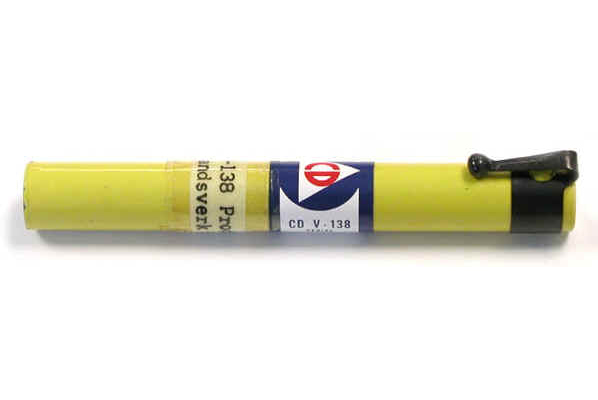
-
CD V-457 Count Rate Meter for Training CD V-457 Count Rate Meter for Training
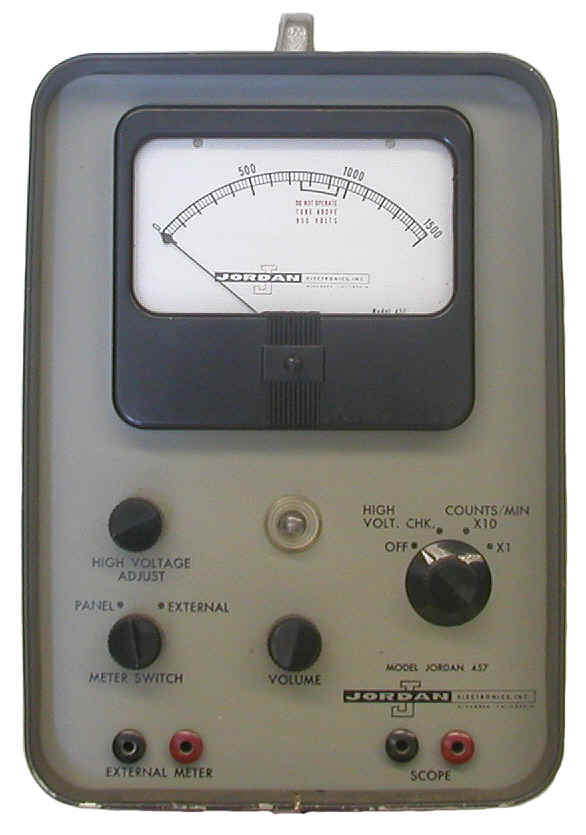
-
CD V-700 Check Sources CD V-700 Check Sources
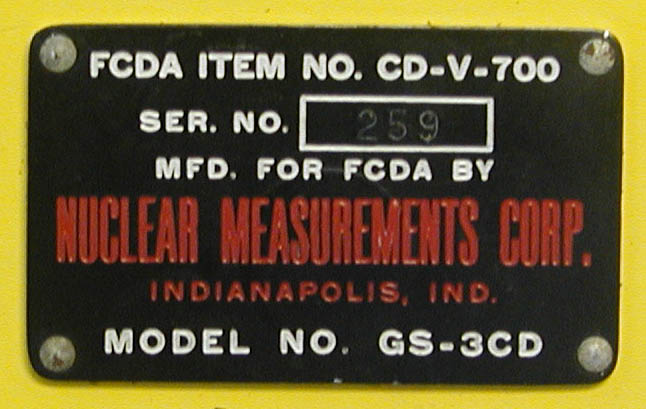
-
CD V-700 Extended Range GM Detector CD V-700 Extended Range GM Detector
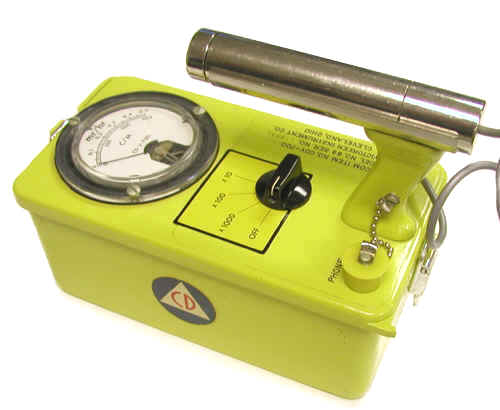
-
CD V-700 GM Survey Meters CD V-700 GM Survey Meters
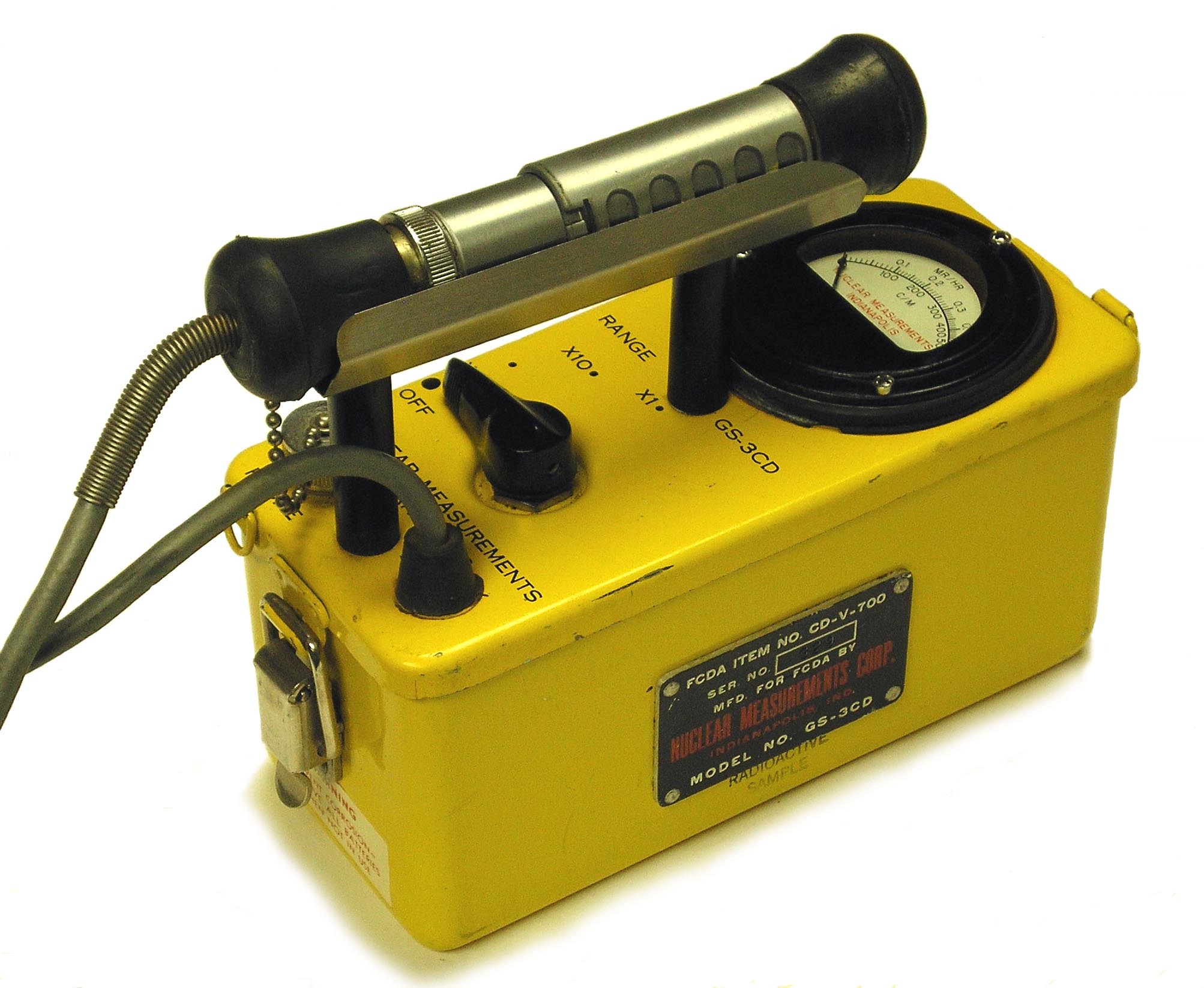
-
CD V-700M GM Detector CD V-700M GM Detector
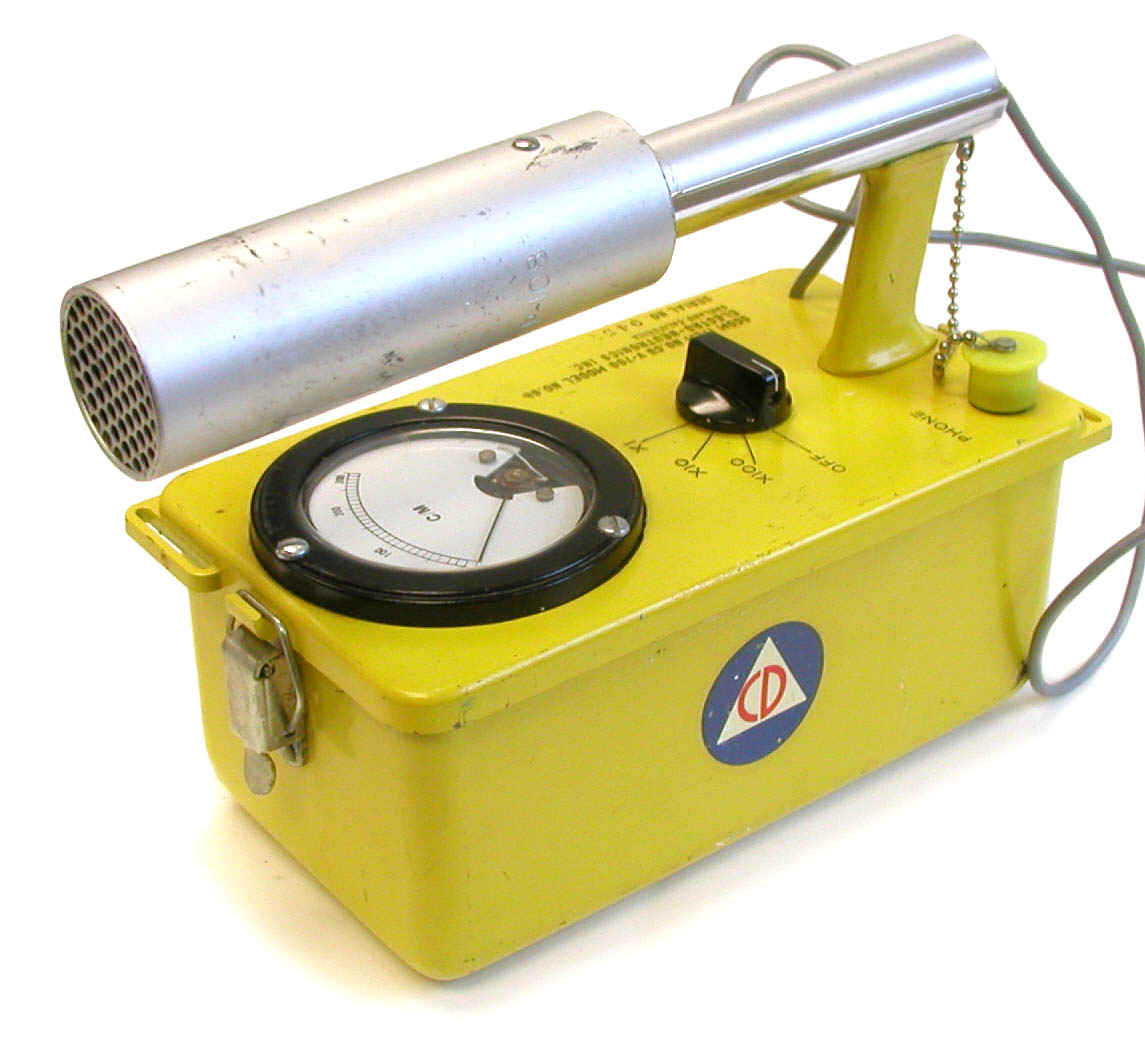
-
CD V-700 Model 4 Latch Repair CD V-700 Model 4 Latch Repair
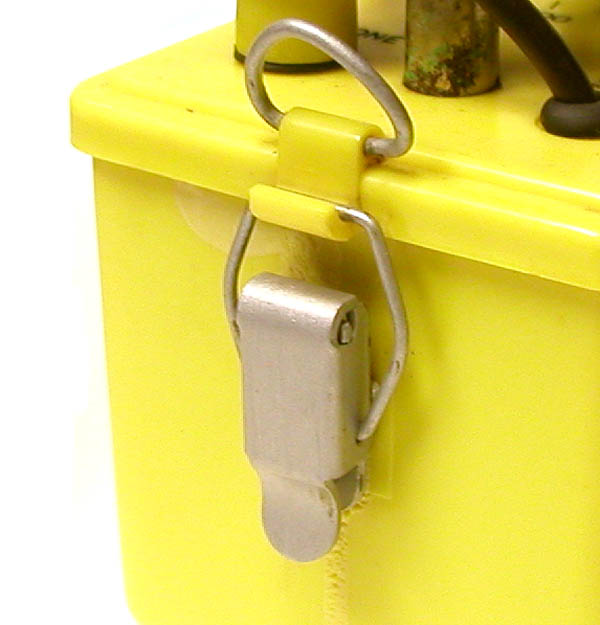
-
CD V-705 Speaker for CD V-700 CD V-705 Speaker for CD V-700
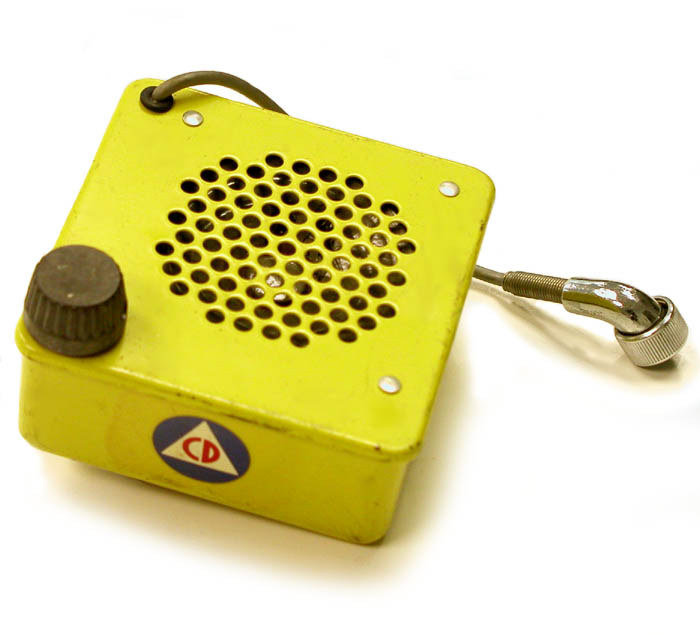
-
CD V-710 Survey Meter CD V-710 Survey Meter
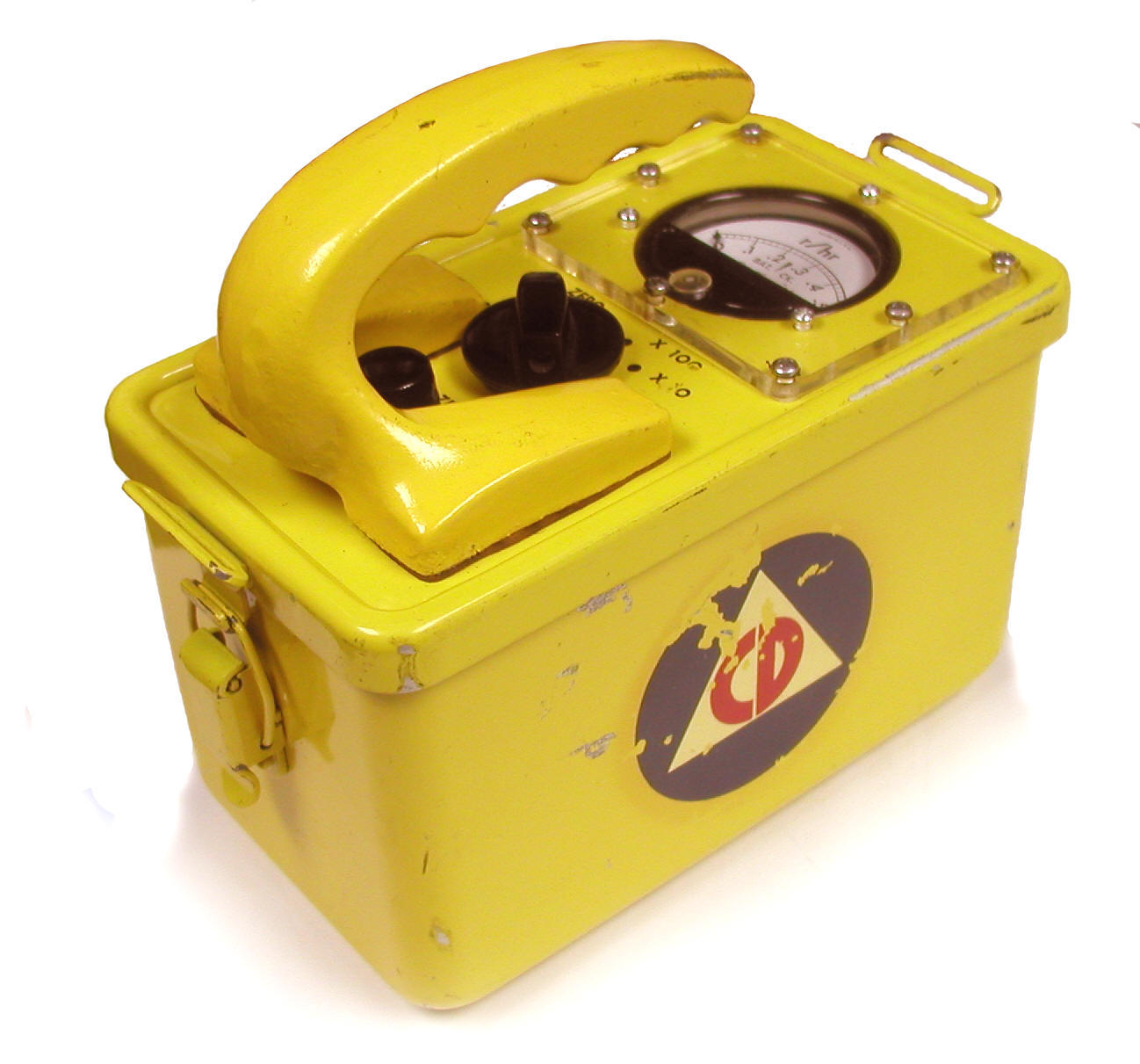
-
CD V-711 Remote Meters CD V-711 Remote Meters

-
CD V-715 Ion Chamber Survey Meter CD V-715 Ion Chamber Survey Meter
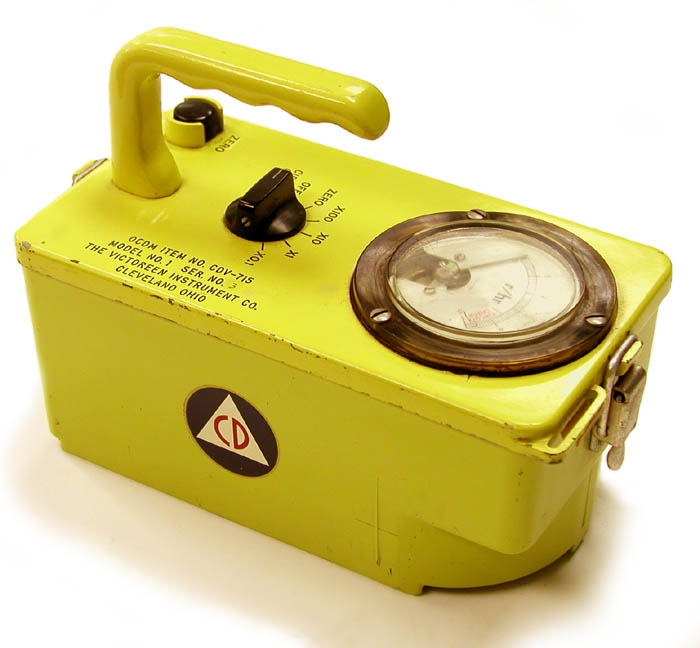
-
CD V-717 Ion Chamber Survey Meter CD V-717 Ion Chamber Survey Meter

-
CD V-718 Survey Meter CD V-718 Survey Meter
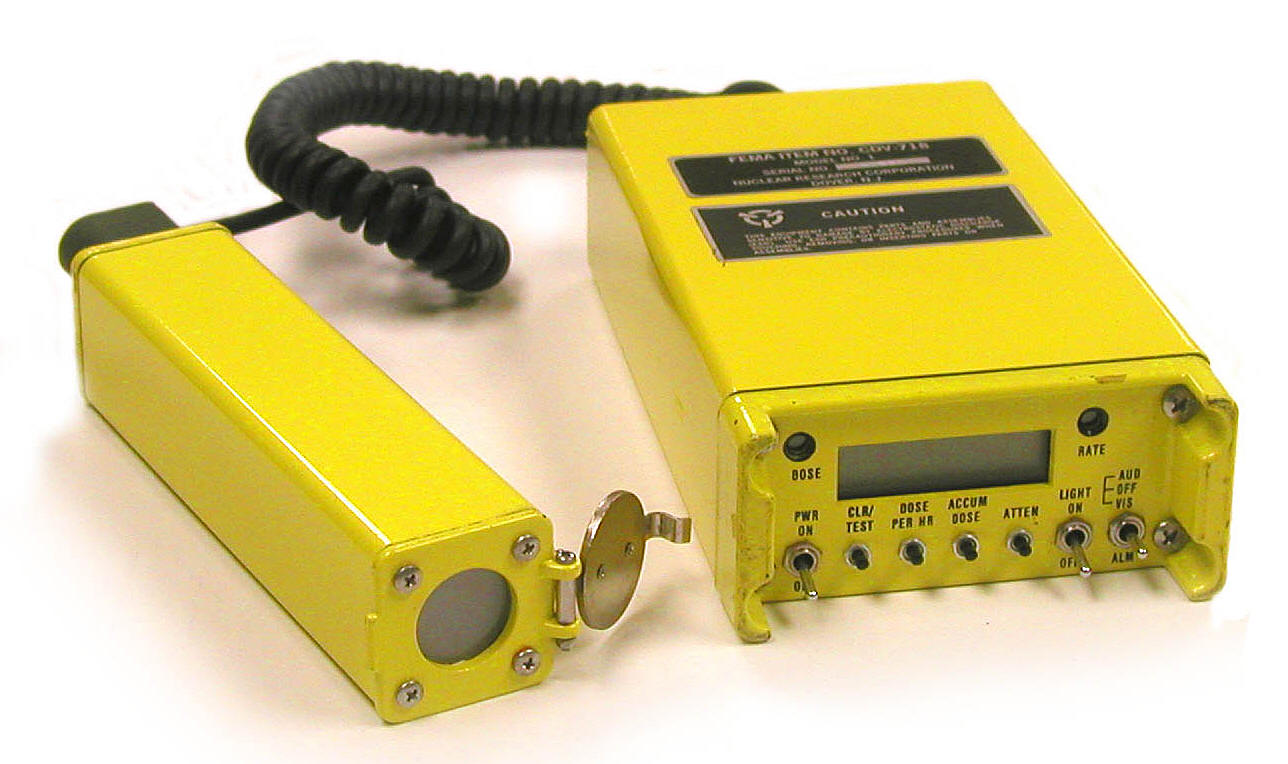
-
CD V-720 Ion Chamber Survey Meter CD V-720 Ion Chamber Survey Meter
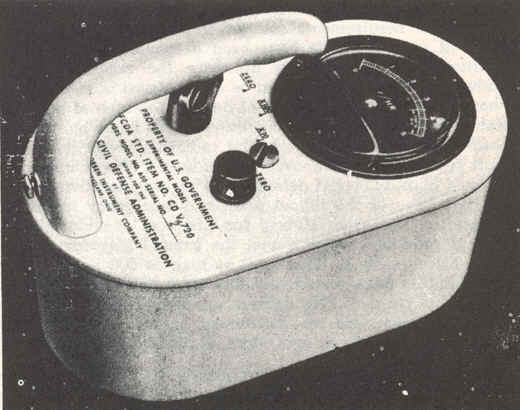
-
CD V-725 Pocket Dosimeter CD V-725 Pocket Dosimeter

-
CD V-730 Pocket Dosimeter CD V-730 Pocket Dosimeter
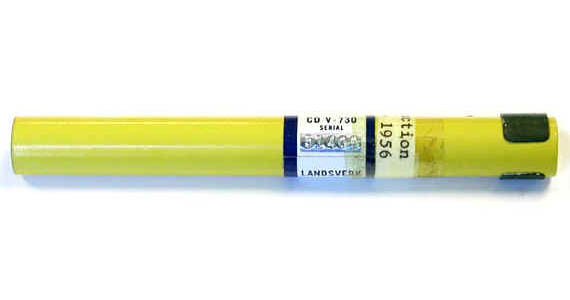
-
CD V-740 Pocket Dosimeter CD V-740 Pocket Dosimeter
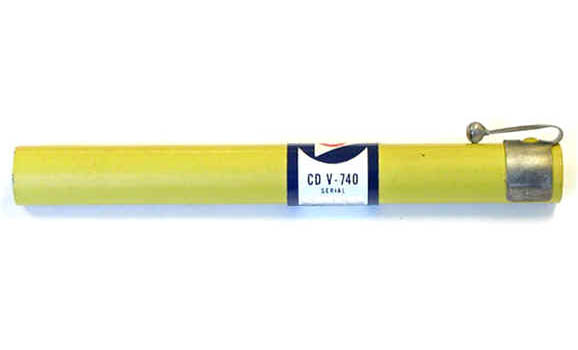
-
CD V-742 Pocket Dosimeters CD V-742 Pocket Dosimeters
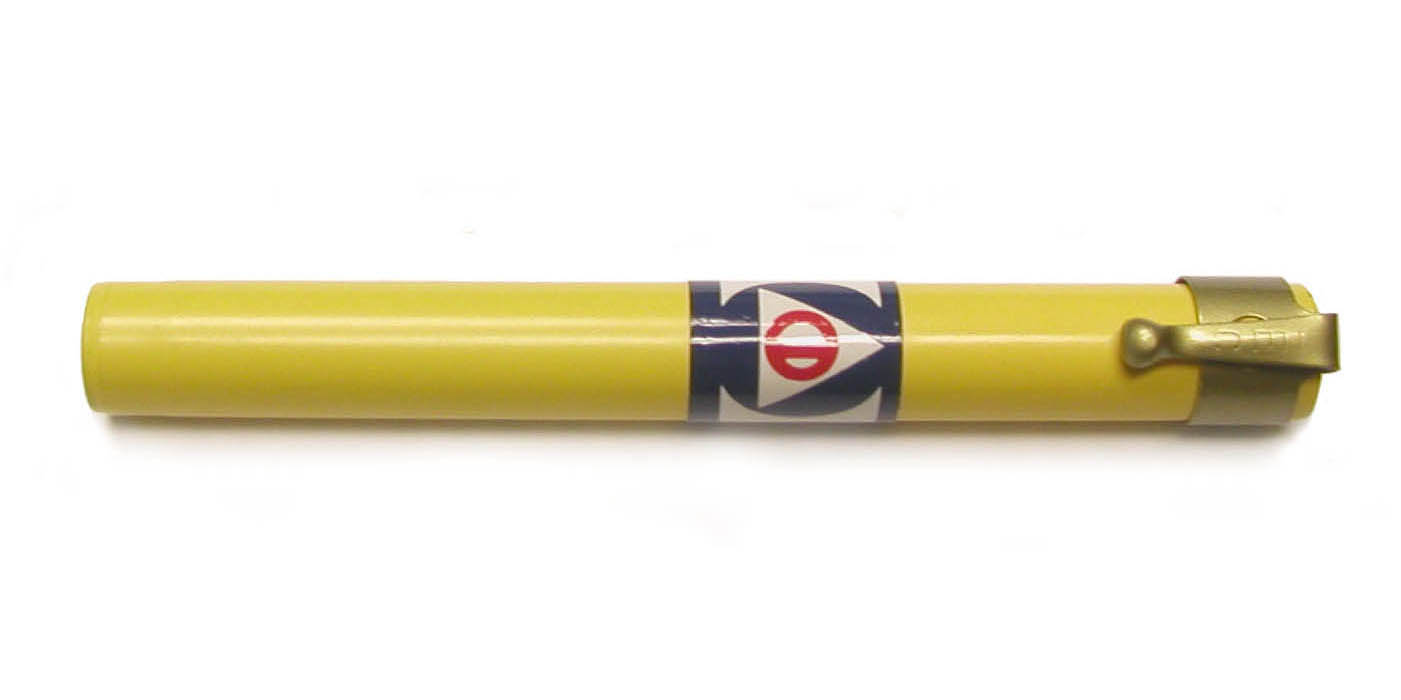
-
CD V-750 Dosimeter Chargers CD V-750 Dosimeter Chargers
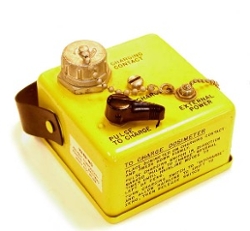
-
CD V-750 Model 6 Dosimeter Charger CD V-750 Model 6 Dosimeter Charger
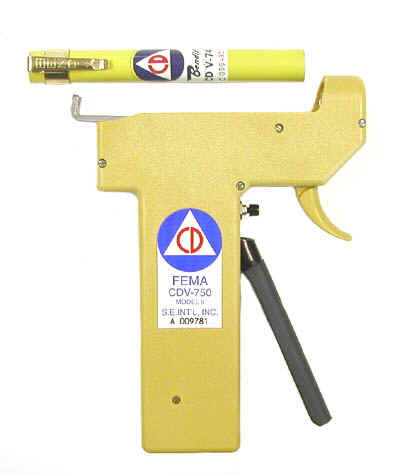
-
CD V-755 High School Kit CD V-755 High School Kit
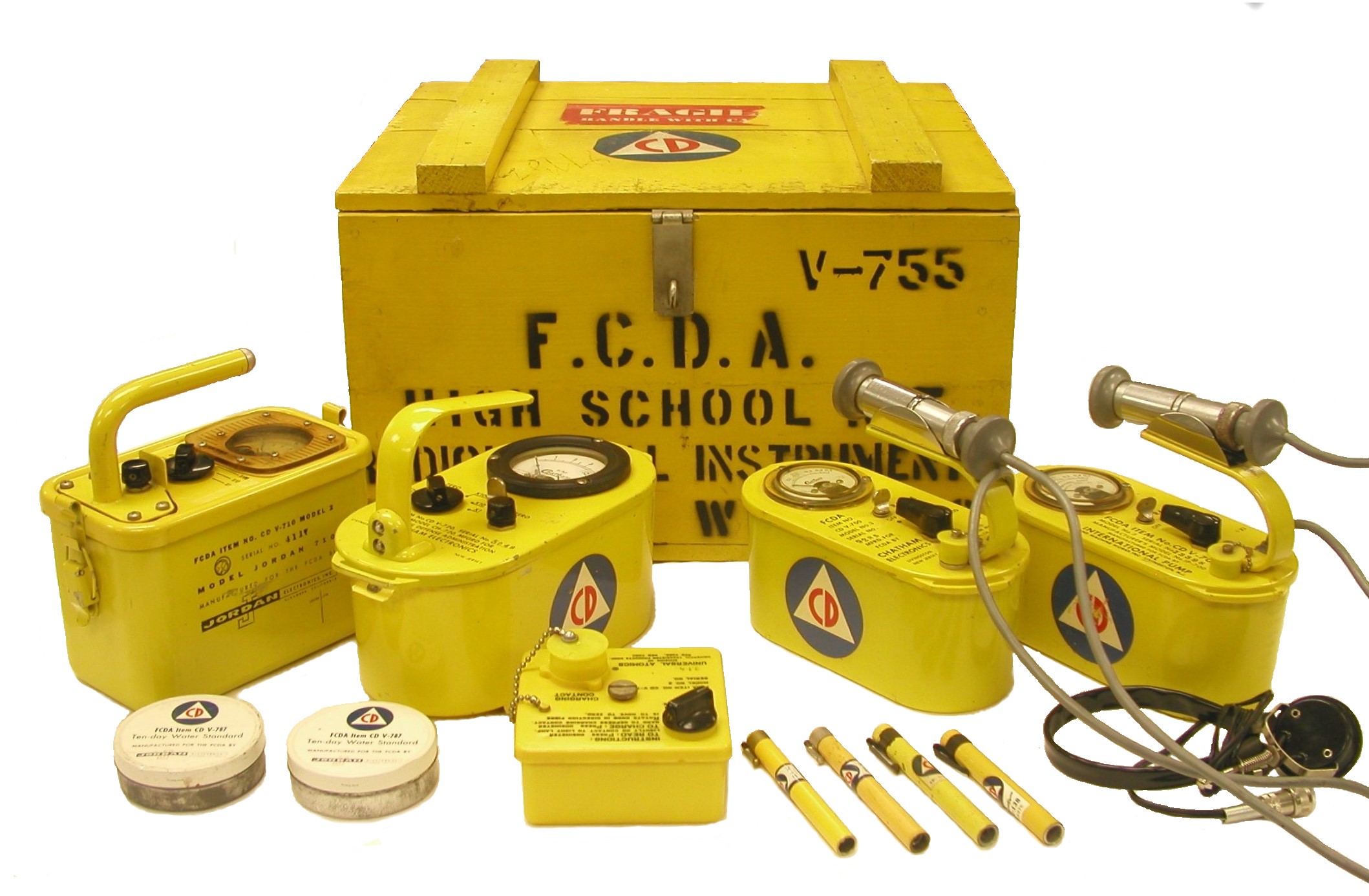
-
CD V-757 Barrier Shielding Demonstrator Set CD V-757 Barrier Shielding Demonstrator Set
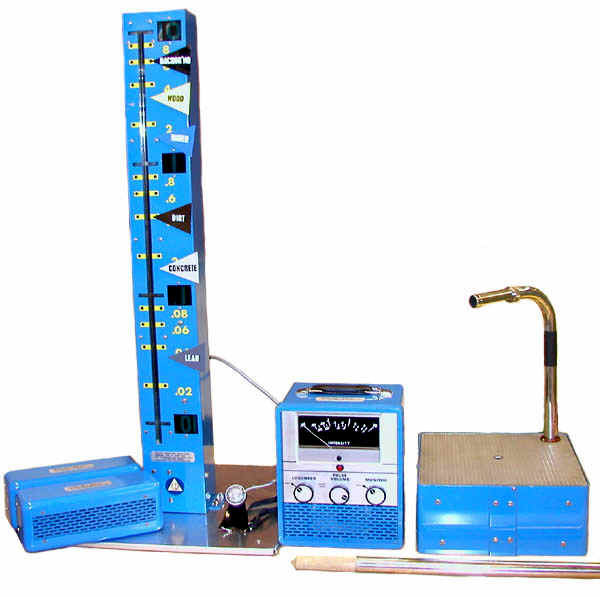
-
CD V-777-1 Alternative Kit for Emergency Service Organizations CD V-777-1 Alternative Kit for Emergency Service Organizations
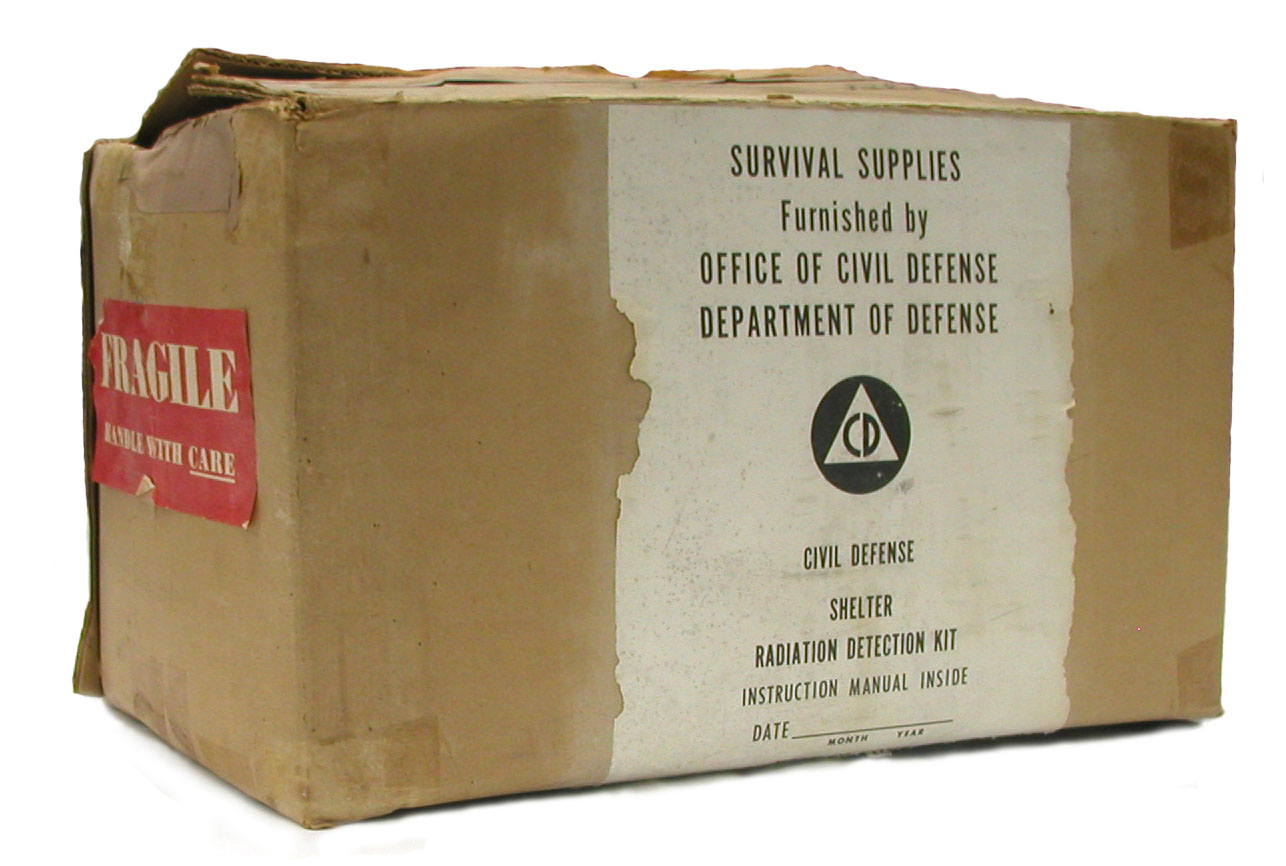
-
CD V-777-2 Set for Public Fallout Shelters CD V-777-2 Set for Public Fallout Shelters
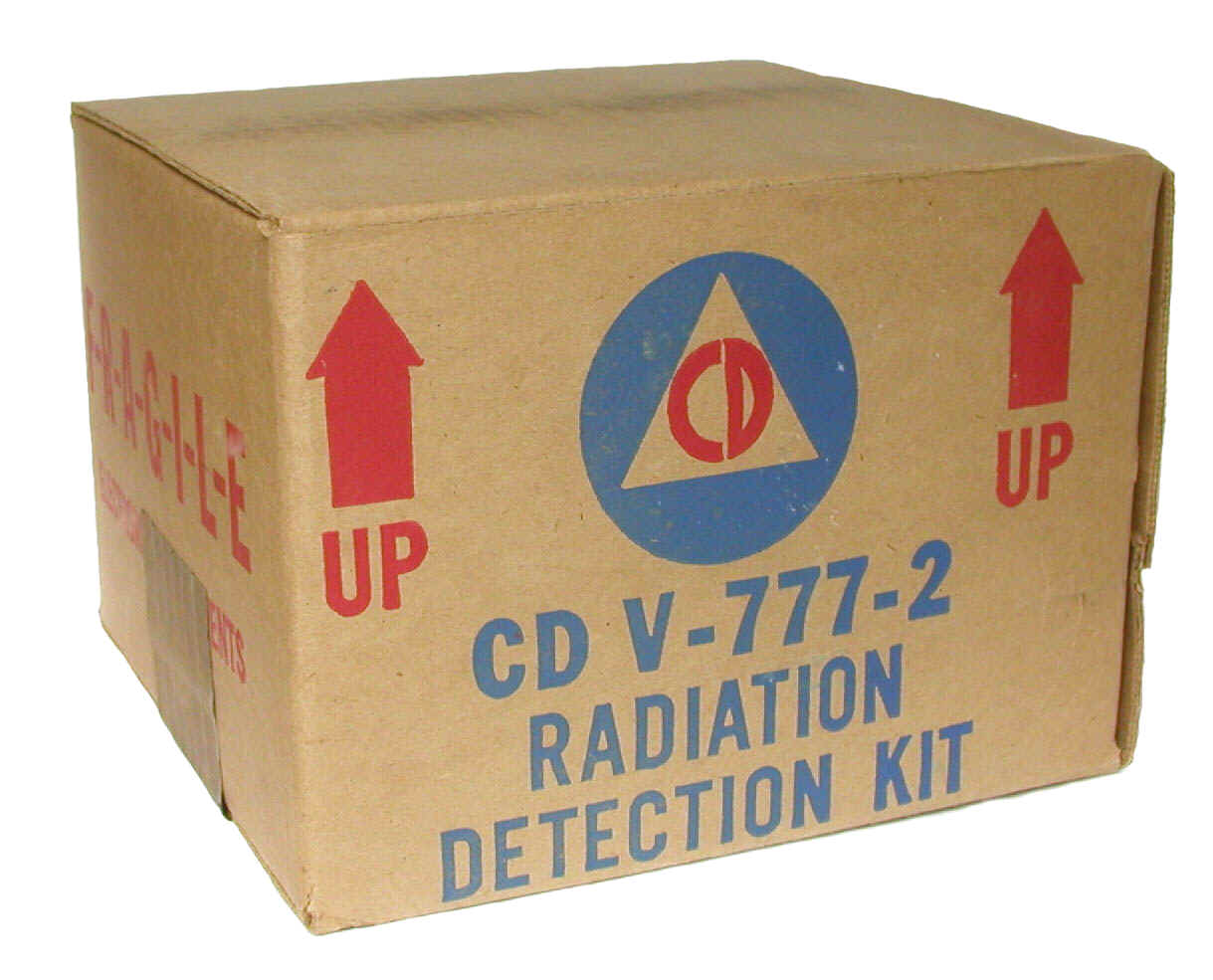
-
CD V-777A Kit for Surface Monitoring and Reporting Stations CD V-777A Kit for Surface Monitoring and Reporting Stations
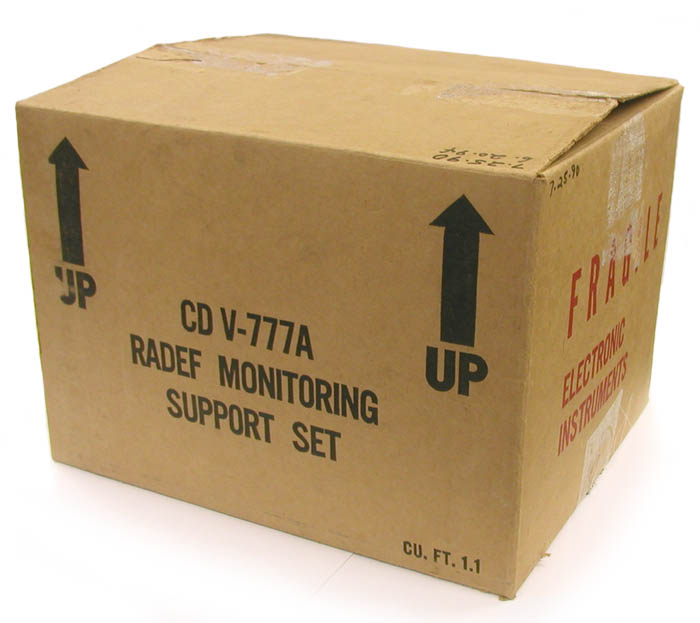
-
CD V-777 Kit for Emergency Service Organizations CD V-777 Kit for Emergency Service Organizations
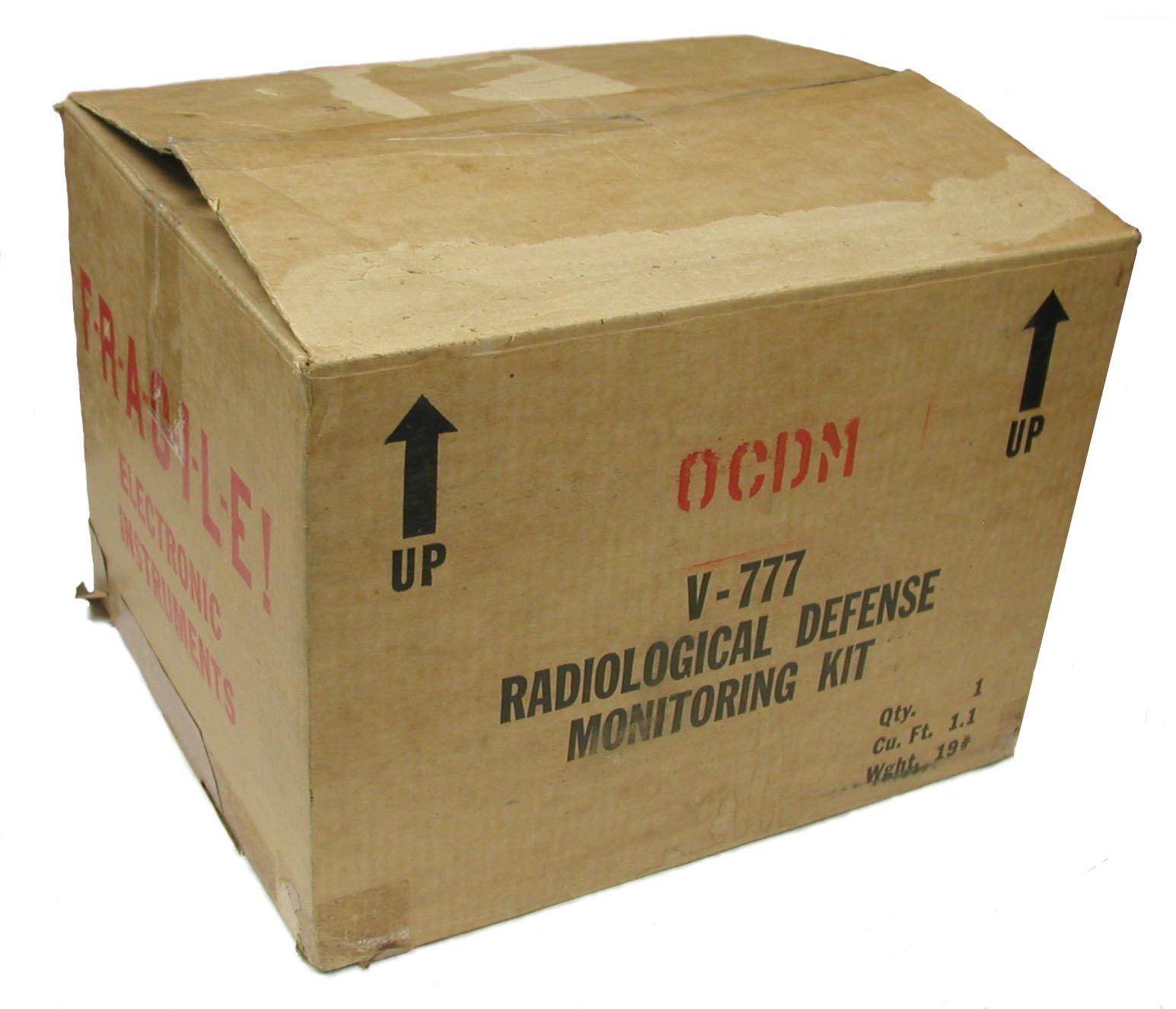
-
CD V-781 Aerial Survey Meter CD V-781 Aerial Survey Meter
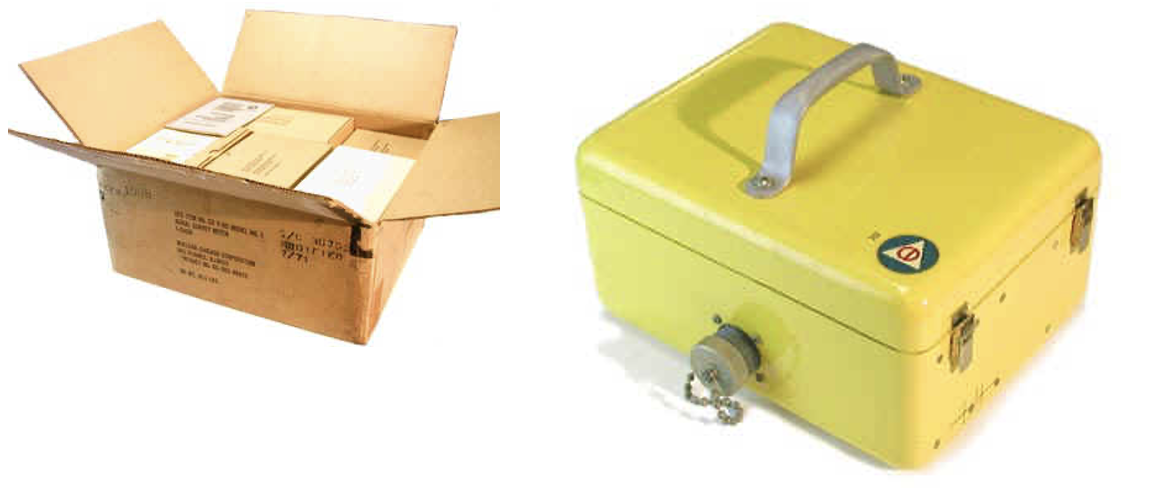
-
CD V-787 Ten Day Water Standard CD V-787 Ten Day Water Standard
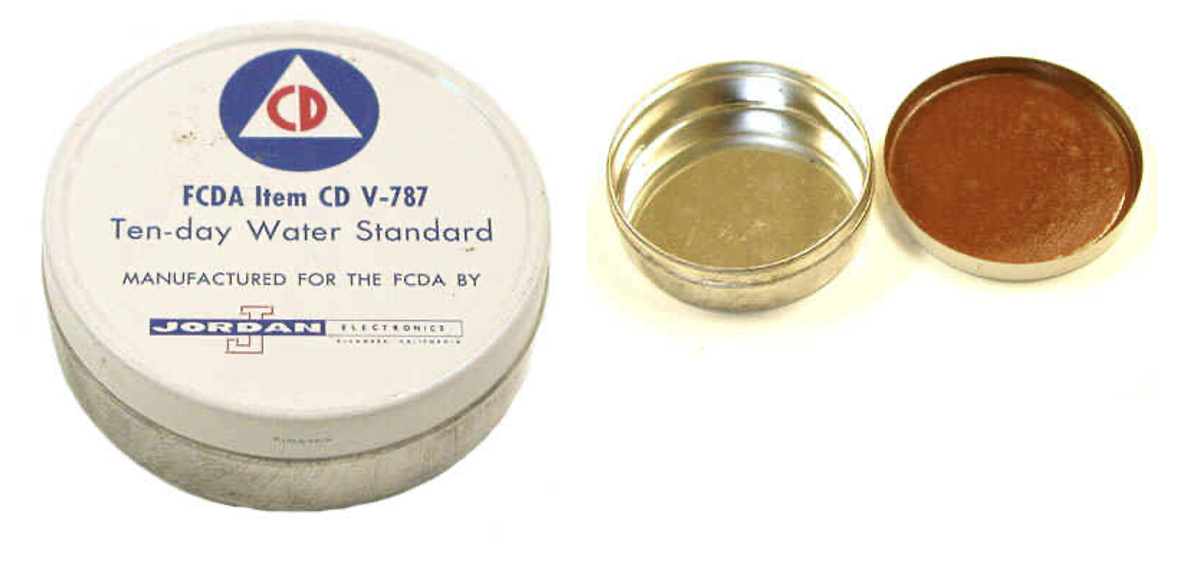
-
CD V-799 Electronic Calibrator for Aerial Survey Meter CD V-799 Electronic Calibrator for Aerial Survey Meter
